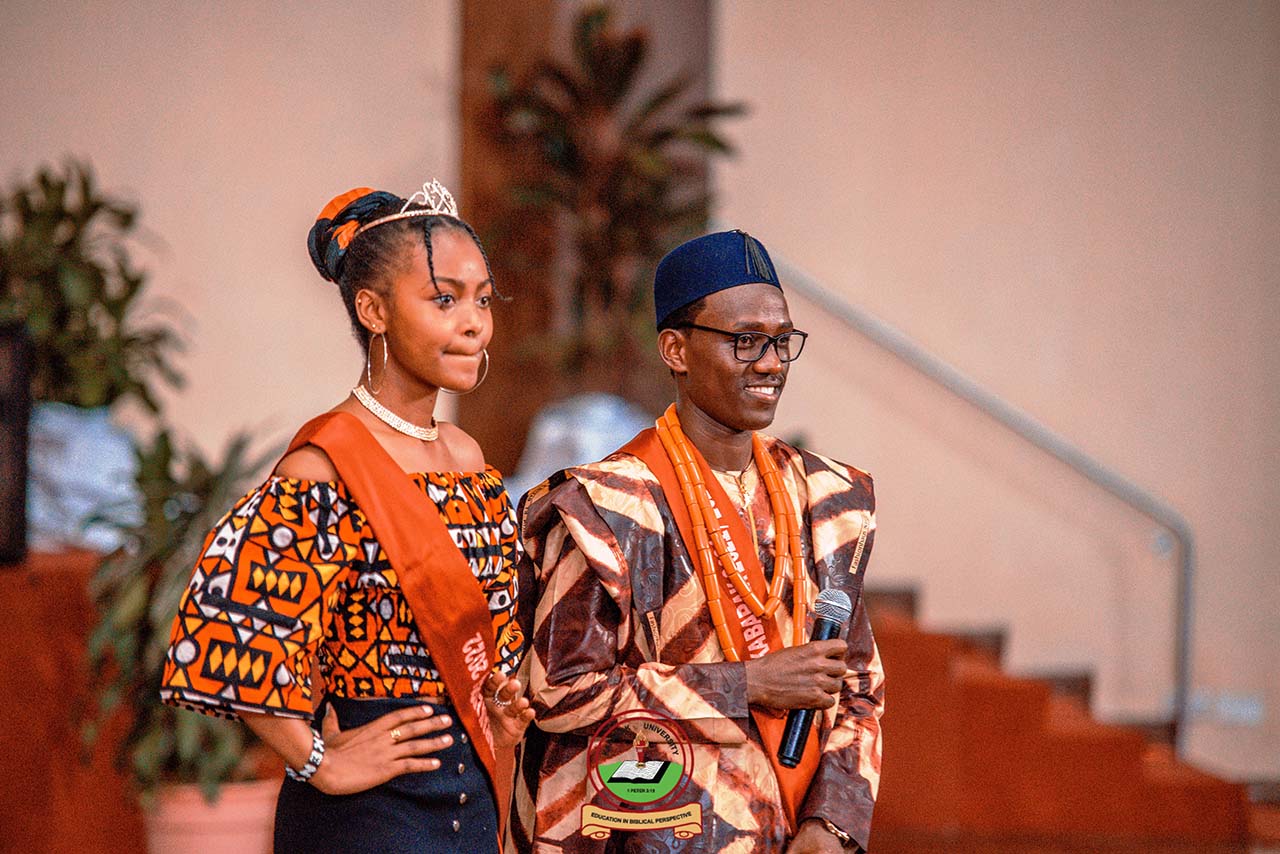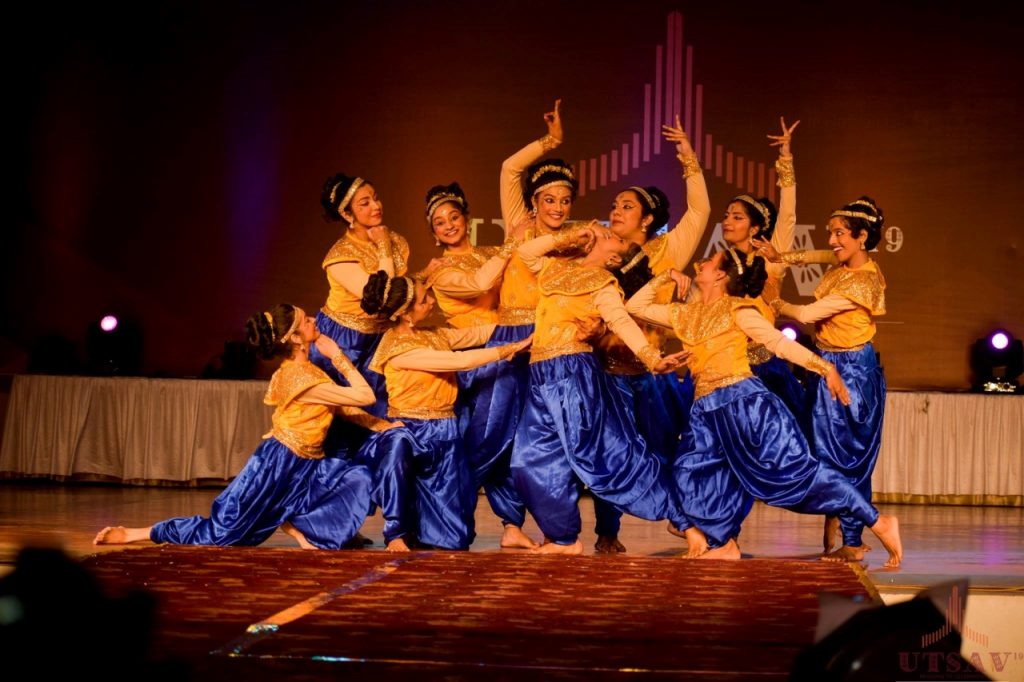JAKARTA, studyinca.ac.id – Universities are melting pots of backgrounds, traditions, and creative expression. Organizing Cultural Events on campus not only showcases global art forms but also fosters understanding, respect, and belonging among students. Whether you’re a student leader, faculty advisor, or arts enthusiast, this guide will help you design, promote, and execute memorable events that honor your campus’s rich tapestry of cultures.
Why Cultural Events Matter

- Promote Inclusivity: Give underrepresented student groups a platform to share their heritage.
- Foster Dialogue: Encourage conversations across cultural lines, breaking down stereotypes.
- Enhance Campus Life: Add vibrancy and excitement to the academic calendar.
- Develop Skills: Offer students leadership, event-management, and cross-cultural communication opportunities.
Types of Cultural Events
- Music and Dance Festivals
- World music concerts: from gamelan ensembles to Afrobeat bands
- Traditional dance showcases: bhangra, flamenco, capoeira, and more
- Visual Arts Exhibitions
- Student art galleries featuring calligraphy, textile arts, and painting
- Collaborative murals that combine symbols and motifs from different cultures
- Theater and Storytelling
- Multilingual plays or monologues exploring heritage and migration
- Oral-history nights where students narrate family stories, folk tales, or myths
- Food Fairs and Cooking Demonstrations
- Pop-up kitchens offering regional delicacies
- Interactive workshops on traditional recipes and table etiquette
- Film Screenings and Panel Discussions
- International film festivals followed by Q&A sessions with filmmakers or cultural scholars
- Roundtables on cultural appropriation, identity, and representation in media
Planning Inclusive Cultural Events
- Form a Diverse Planning Committee
- Include representatives from different student associations and cultural clubs.
- Assign roles for logistics, programming, marketing, and accessibility.
- Set Clear Objectives and Budget
- Define goals: awareness, fundraising, cross-cultural dialogue.
- Secure funding through student government, grants, or sponsorships.
- Choose Accessible Venues and Dates
- Select spaces with wheelchair access, adequate seating, and audiovisual equipment.
- Avoid scheduling conflicts with major exams or religious holidays.
- Curate Authentic Programming
- Invite student performers alongside local community artists.
- Provide context: program notes, exhibits, or short introductions explaining cultural significance.
- Marketing and Outreach
- Create eye-catching posters and social-media graphics featuring diverse imagery.
- Partner with cultural clubs, residence halls, and academic departments to spread the word.
- Accessibility and Inclusion
- Offer live captioning or sign-language interpreters for performances.
- Provide multilingual materials when possible and designate quiet “chill-out” areas for sensory breaks.
Impact on Campus Diversity and Student Engagement
- Strengthened Community Bonds: Shared cultural experiences build empathy and camaraderie.
- Expanded Worldviews: Attendees gain firsthand exposure to art forms outside their own backgrounds.
- Increased Participation: Students feel seen and valued when their traditions are celebrated.
- Academic Enrichment: Integrating arts into curricula through event-related coursework or service-learning.
Real-Life Case Studies
1: Global Rhythms Night at Oakwood University
- Over 200 students performed in a packed auditorium, showcasing 10 musical genres.
- Post-event survey showed a 40% increase in cross-club collaborations the following year.
2: Unity Mural Project at Riverside College
- A campus-wide mural painted over two weeks by artists from eight cultural backgrounds.
- Became a permanent piece in the student union, serving as a daily reminder of solidarity.
3: International Film Festival at City Tech
- Screened six films from Asia, Africa, and Latin America, each followed by student-led discussions.
- Attendance tripled from year one to year two, with panelists from local embassies.
Tips for Students and Event Organizers
- Start planning early—three to four months in advance is ideal.
- Leverage campus media: radio shows, newsletters, and digital screens.
- Encourage student volunteers by offering service-learning credit or certificates.
- Solicit feedback with quick surveys to improve future events.
- Document the event with photos and videos for promotional reels and archives.
Conclusion
Cultural Events are more than just performances or exhibitions—they’re dynamic celebrations that enrich campus life, deepen intercultural understanding, and empower students to share their stories. By thoughtfully planning diverse programming, ensuring accessibility, and engaging the broader community, your next university arts event can become a landmark experience that resonates long after the final curtain falls. Embrace the creativity of your campus, and let the arts be the bridge that unites us all.
Improve Your Abilities: Explore Our content on Knowledge
Take a Look at Our Latest Article on Campus Sustainability!

